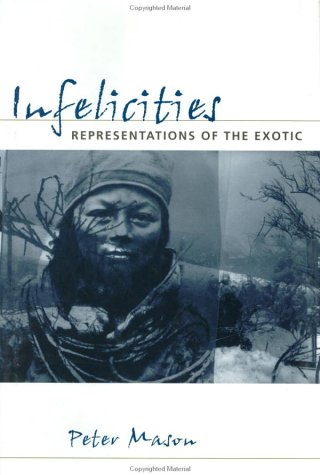When European travellers went overseas in the 16th century, they encountered unfamiliar lands, peoples and sights. These travellers had to re-present these encounters to Europeans for whom they stood for the unfamiliar - the "exotic". But the exotic, according to the author of this work, is not something that existed prior to its "discovery". Rather, he points out, it is the very act of "discovery" which produces the exotic as such. Mason explores the texts, paintings, drawings, photographs and museum displays in which the exotic has been represented from the early modern period to the present. He describes the unique iconography that Europeans developed to represent the exotic and the means they employed to display it once artefacts were brought to Europe. In both instances, the exotic object is taken out of its original context and given a meaning and significance it never had. To differentiate the "exotic" from the "other", Mason says that in understanding the "other" there is engagment and interchange; in encountering the "exotic" it is a one-sided effort at understanding: the exotic object never gives up its meaning. The title is taken from philosopher J.L.
Austin, who used the term to refer to what happens when something goes wrong on the occasion of an act of utterance. For Mason, this "doctrine of infelicities" seems applicable to European encounters with the exotic and the efforts to represent those encounters.
- ISBN10 0801858801
- ISBN13 9780801858802
- Publish Date 15 December 1998
- Publish Status Out of Stock
- Out of Print 5 July 2011
- Publish Country US
- Imprint Johns Hopkins University Press
- Format Hardcover
- Pages 288
- Language English
